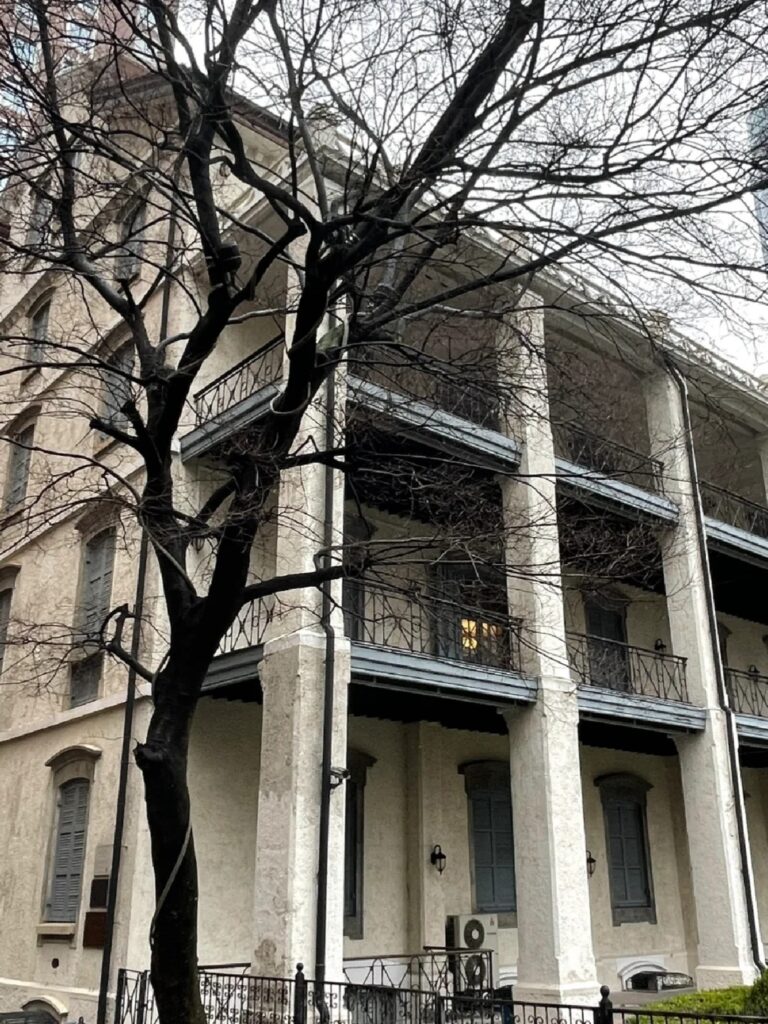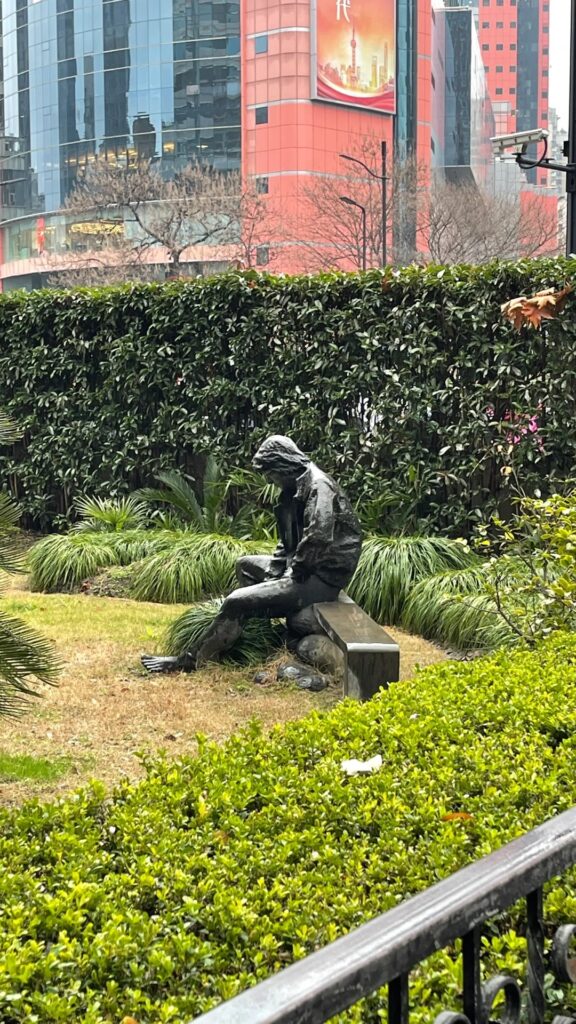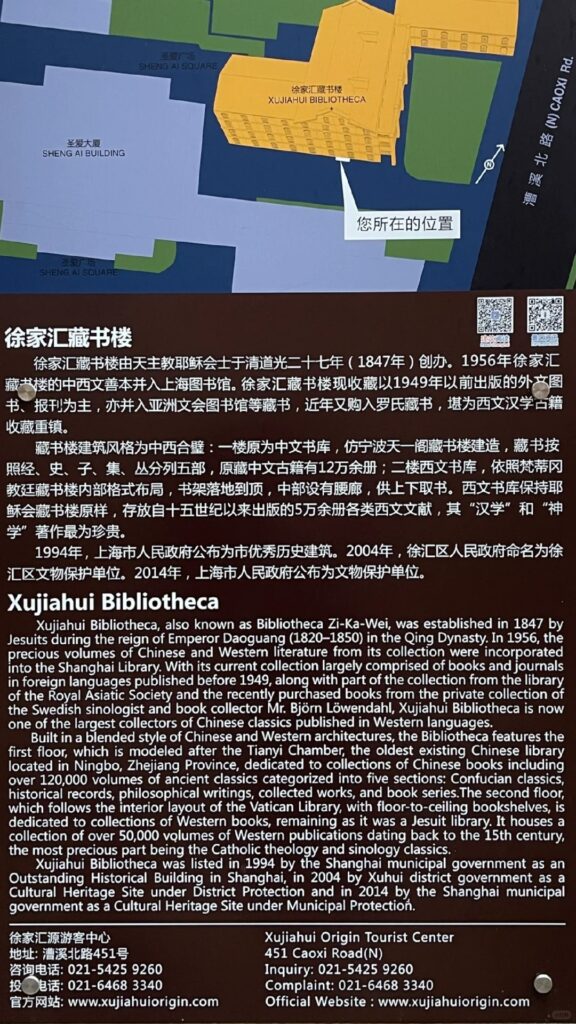The North Building (also known as the East Building)
Built in the year 1897, the building is also referred to as the “Great Library.” The architectural style of this two-storied building is mixed brick and wood. There is a double-pitched roof atop the structure. The building is ornamented with beautifully designed European-style pointed arch window frames and wooden shutters.
The library is designed in the interior by merging the Chinese and Western cultural elements: the ground floor mimics a Qing Dynasty library layout, and the second floor mirrors the classical Western libraries’ design. More than 80,000 volumes in Western languages that include Greek and Latin, and further French, English, and German are also available. Upon the founding of the People’s Republic of China, it was integrated into the Shanghai Library.
The South Building (West Building)

It is also known as the “Clergy House.” It is the oldest building built in 1867. It has seen plenty of renovations and finally completed in the year 1931. It is a four-story building with a sloping roof and a corridor running on the outside of the building. The south face has a broken gable design, arched windows, and simple horizontal moldings. The design of the second floor is in stark contrast compared to the first and third floors. It was designed to reflect the Vatican Library in Rome.
Xujiahui Catholic Church Library

Commonly called the “Xujiahui Stone Chamber.” This library was established in 1847 by the Jesuits of Shanghai Catholic Church; it has a history of over 170 years.
Collection of the Library

The library houses approximately 320,000 volumes of foreign language documents between 1477 and 1950. The collection includes nearly twenty languages like Latin, English, French, German, Russian, Japanese, etc., not to say about almost every discipline in philosophy, religion, politics, economics, philology, literature, arts, history, geography, etc.
1956: It was integrated into the Shanghai Library in 1956, and it became the Old Foreign Language Materials Center of the Shanghai Library. Special collections for foreign language books have been published before 1949. Its holdings come not only from former collections such as the Asiatic Society Library, the Xianshi Hall Collection, the Haiguang Western Thought Library, the Public Library of the Shanghai International Settlement, but also include those of the former Western Youth Association and other Shanghai university libraries.
Preservation and Renovation Work in the 1990s

In plans for constructing a subway station in Xujiahui, during the 1990s the library was to be demolished. Fortunately, with the support of famous intellectuals including Ba Jin, the building was preserved and then systematically renovated, reopening to the public in July 2003.
